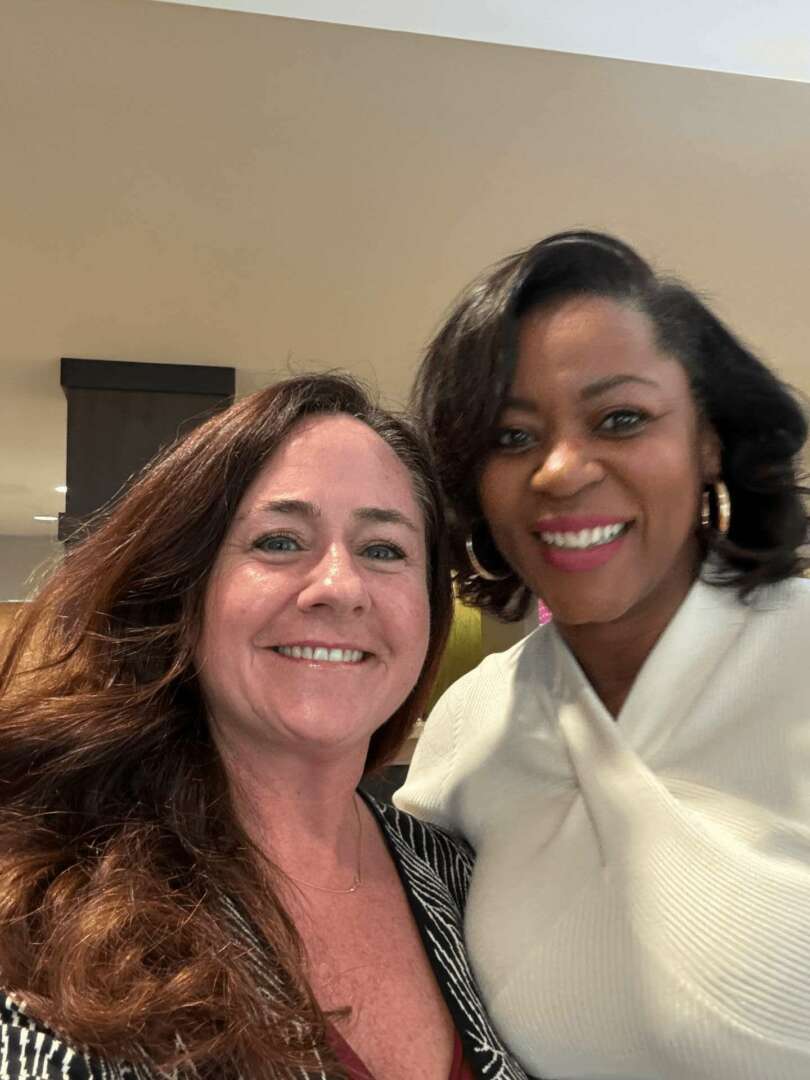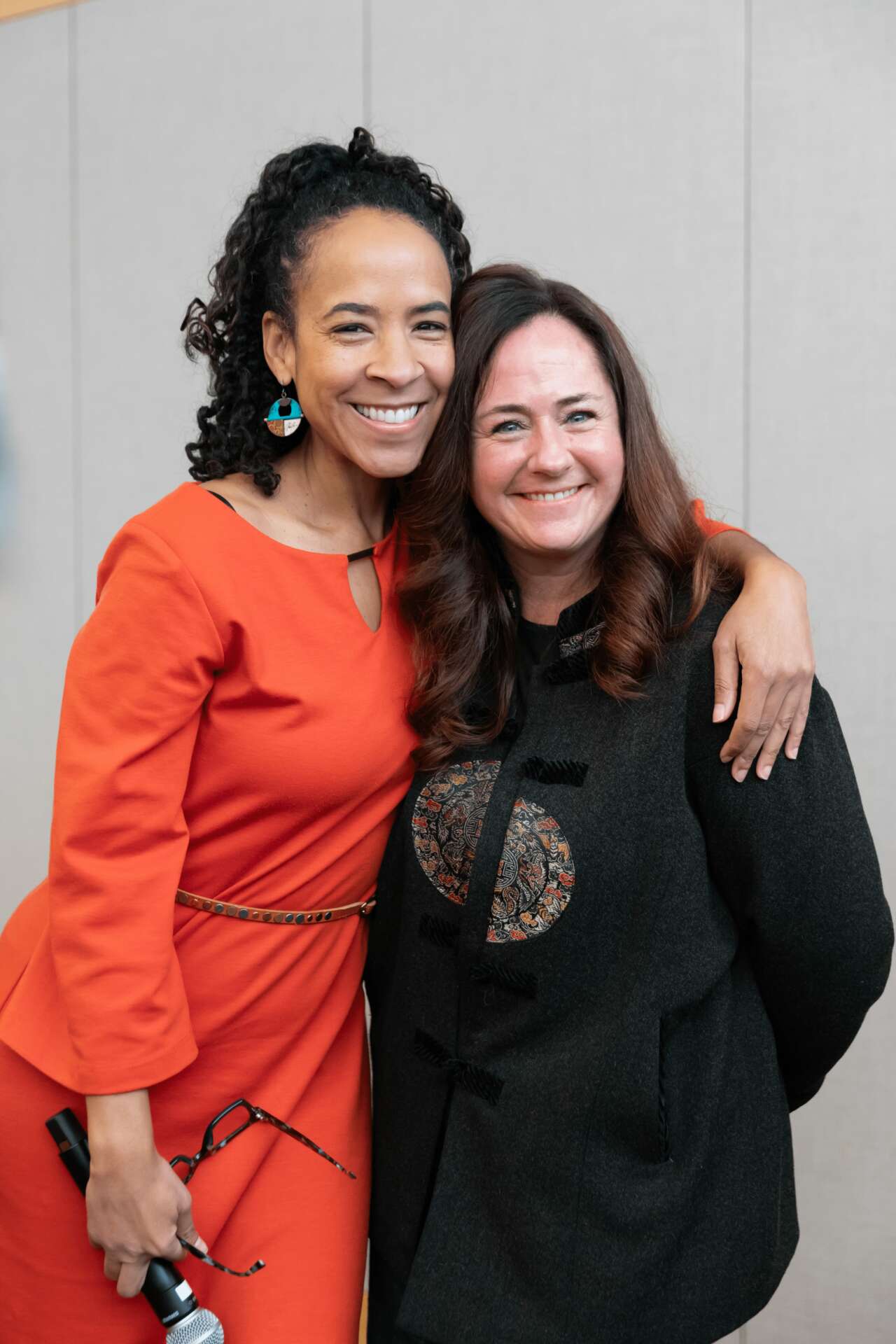We recently connected with Jennifer Mayer and have shared our conversation below.
Hi Jennifer, thanks for joining us today. Any thoughts around creating more inclusive workplaces?
Know the history we’ve inherited – the origin story and history of the United States purposefully created systems of exclusion that have caused the inequities that we’re experiencing today. Understanding that we’ve all inherited this history gives us agency to decide how we want to live into the values of inclusion and fairness in our workplaces, which gives us bravery to look at where our systems and processes are likely limiting opportunities for some folks while advancing others.
Model the way – we’ve created the conditions for inclusion when leadership reflects the diversity of its workforce and the workforce reflects the diversity of its users. When leadership models the way by actively promoting and supporting inclusive workplace cultures, the rest of the organization will follow suit.
Strong inclusive cultures benefit the bottom line and lead to better outcomes – Top quartile diverse companies are more likely to financially outperform their national industry medians, by 35% for ethnic diversity and 15% for gender diversity (McKinsey); Diverse management teams deliver 19% higher revenues from innovation compared to their less diverse counterparts (BCG); Companies with a diverse set of employees enjoy 2.3 times higher cash flow per employee (Bersin); Employees in highly diverse and inclusive organizations show 26% more team collaboration and 18% more team commitment than those in non-inclusive organizations (CEB/Gartner); Employees who feel their voice is heard at work are 4.6x more likely to feel empowered to perform their best work (Salesforce); Teams that follow an inclusive process make decisions 2 X faster with 1/2 the meetings (Forbes); Diverse and inclusive workforces demonstrate 1.12 x more discretionary effort, 1.19 x greater intent to stay, 1.42 x greater team commitment, and 1.57 x more collaboration among teams. (CEB / Gartner); Inclusive companies are 3 x more likely to retain millennials 5+ years (Deloitte).
Understand where exclusion lives in your systems, policies, and practices and change those. Pay particular attention to what we call the “leaky faucet” – the places in the employee lifecycle where women and people of color get gridlocked and aren’t advancing at the same rates as white people and men. One particular area that our experience has show (and research validates), is in promotion and advancement where the percentage of women from the entry level to the c-suite drops from 48% to 28% resulting in less than 1 in 4 C-suite executives being women, and only 1 in 16 being women of color. Of particular importance is the transition from individual contributor to manager where for every 100 men who are promoted from entry-level to manager only 87 women are promoted. This trend is even worse for women of color where in 2023, 73 women of color were promoted to manager for every 100 men. (Lean In and McKinsey)
Understand the experiences different people are having in your organization. We encourage people to pay attention to these metrics of inclusion in particular: (1) ensure all can belong, (2) ensure multiple perspectives are valued and put to use, (3) ensure there is appreciation for many ways to be oneself and complete the work towards a shared objectives, and (4) ensure the workplace is accessible to all.

Awesome – so before we get into the rest of our questions, can you briefly introduce yourself to our readers.
Becoming Better Together is a full service organizational development consulting practice that focuses on helping clients build high-performing, inclusive cultures where everyone can belong and contribute their brilliance.
What differentiates us is that we are all practitioners who have led teams and organizations to produce incredible outcomes while ensuring high-levels of employee engagement, promotion, and retention. Our work is both research backed and practice-proven. We walk the talk – we actively practice the tools we teach so our work is not just academic – it’s personal.
We are purposefully diverse and take an intersectional approach to our work. When we take on projects, we get to know the clients and then build consulting teams around the needs and demographics of the organization.
Our team consist of not just of consultants, but also rock-star coaches, trainers, and speakers. Our trainings consistently get the highest net promoter scores because they are practice-based and practical – we don’t do crappy training. Our coaches are known for being fierce about the challenges their clients are facing and kind and humanizing with their approach in working with people.
We provide:
Healthy and inclusive organizational culture strategy
Change leadership consulting, coaching, and training
Trust-based philanthropy strategic thought partnership and consulting
Leadership development to help develop, retain, and promote leaders throughout the employee lifecycle
Inclusive leadership training and coaching
Leadership off-sites
Employee retreats

Can you talk to us about how your side-hustle turned into something more.
We started Becoming Better Together when we were still working full-time. Each of our co-founders knew that we were leaving our current employer due to downsizing and values-misalignment. We had done deep internal consulting, coaching, and training work and knew we had something to offer outside of our former employer.
Each of us saved 6 months worth of salary in case no one hired us, but none of us had to draw on our savings because we were hired almost immediately. This was a powerful lesson in working through fear and uncertainty for all of us. We also learned how essential relationships are to everything we do and who we are – none of us have had to market our services because we were so well known for the quality of work we did.
For the first year, we said yes to everything that people wanted us to do and learned a tremendous amount about how we can best serve our clients and their needs. As we learned in response to our clients, we refined our services and built specializations on our team (research & assessment, training & coaching, policy & practices, strategic thought partnership, speakers, etc.).
Over the last 9 years, we’ve been able to track ebbs and flows so we know what times of the year are going to be busy and plan our calendars appropriately, including strategic times for our team to pause and rest. Likewise, we have been able to build a 6-month operating reserve to help us move through periods when there is less work so we can persist with less worry.

How about pivoting – can you share the story of a time you’ve had to pivot?
Funding and focus for the work we do is always shifting and changing, especially in times when there is increasing polarization and politicization. As a result, we are always pivoting. We pivot by communicating our value-add in ways that are responsive to clients needs and changes in focus. What allows us to do this is being very clear about our organizational values so we’re clear about what work we will say yes to and what work we will decline through a values-lens.
Contact Info:
- Website: https://www.becomingbettertogether.com
- Instagram: https://jen.e.mayer
- Linkedin: https://www.linkedin.com/in/jenmayersandoval/






